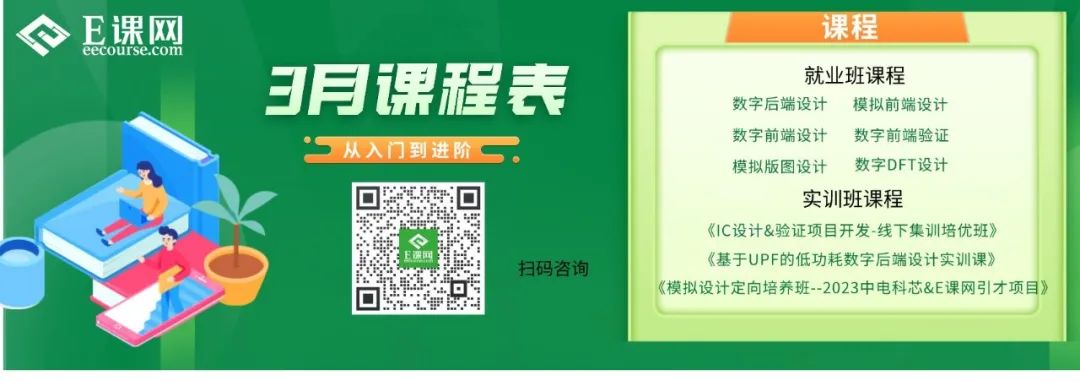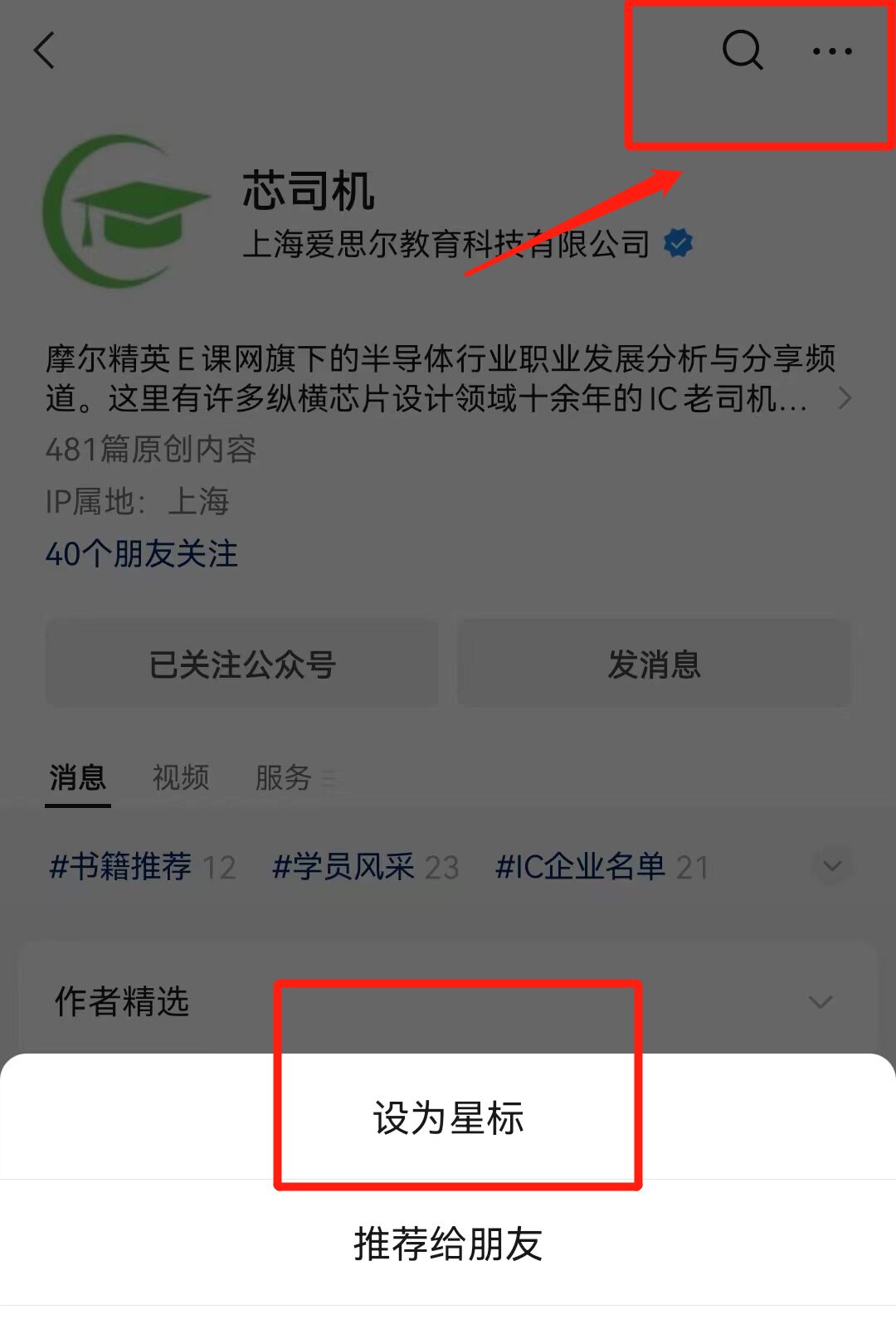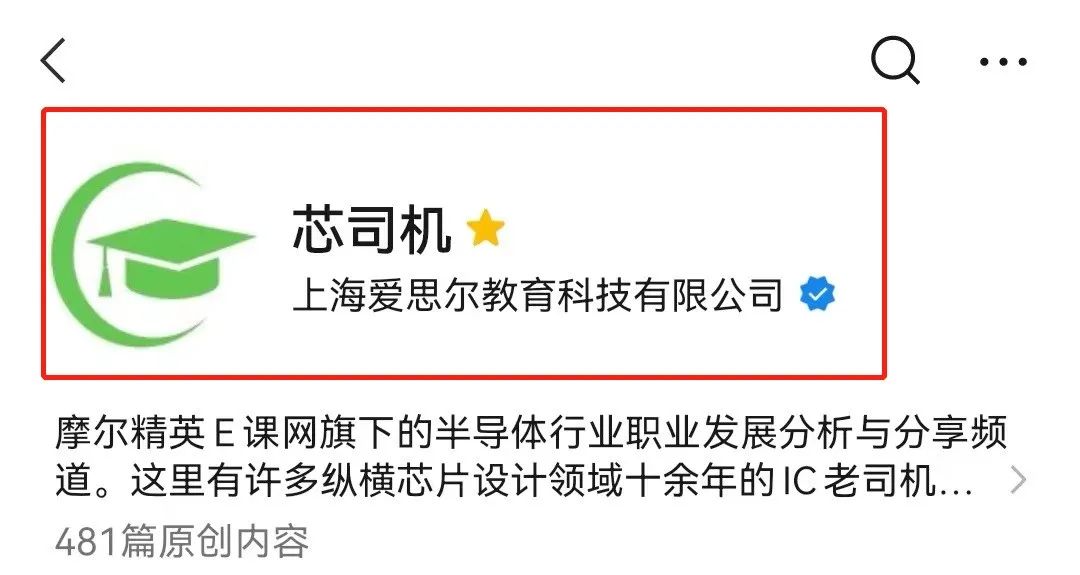 E Course Network Integrated Editing
E Course Network Integrated Editing
Integrated circuits (ICs) are a type of microelectronic device or component. By using a specific process, various components required in a circuit, such as transistors, resistors, capacitors, and inductors, are interconnected and fabricated on a small piece or several pieces of semiconductor wafers or dielectric substrates, and then encapsulated in a shell to form a microstructure with the desired circuit functions; all components in the structure have formed an integral whole, making significant strides towards miniaturization, low power consumption, intelligence, and high reliability of electronic components, represented by the letters “IC” in circuits.
A
AND Gate:AND Gate
APCVD:Atmospheric Pressure Chemical Vapor Deposition
ADC:Analog to Digital Converter, generally used for converting analog signals to digital signals
ASIC:Application Specific Integrated Circuit, a mainstream design process for chip design companies
ASSP:Application-specific standard product, a type of ASIC chip with a broad application range
APB:Advanced Peripheral Bus, one of the AMBA bus specifications launched by ARM, mainly used for connecting low-bandwidth peripherals
AHB:Advanced High-Performance Bus, one of the AMBA bus specifications launched by ARM, mainly used for connecting high-performance modules
AXI:Advanced Extensible Interface, one of the AMBA bus specifications launched by ARM, a bus designed for high performance, high bandwidth, and low latency
ANT:Antenna Effect
APR:Auto Place and Route, a major process in digital backend layout implementation
ATPG:Automatic Test Pattern Generator, a tool for automatically generating test vectors used for testing chips, a common process in DFT
ALU:Arithmetic and Logic Unit
acceptor:Acceptor
analog:Analog
anneal:Annealing
B
BGA:Ball Grid Array, a package type with no leads on the surface, its leads are arranged in a ball matrix at the bottom of the part
Semi-conductor:Materials with electrical conductivity between conductors and insulators at room temperature, common semiconductor materials include silicon, germanium, gallium arsenide, silicon carbide, and gallium nitride. Semiconductor products are mainly divided into four categories: integrated circuits, discrete devices, optoelectronic devices, and sensors
BE:Back End, usually refers to the backend layout stage in IC design, not a standardized term
BIST:Built-in Self-Test, a self-testing method that generates test codes within the chip to analyze test results, a common process in DFT
BLE:Bluetooth Low Energy
BSD:Blind-Spot Detection
BPSG:Borophosphosilicate Glass
Backside Etching:Backside Etching
Backside Metallization:Backside Metallization
Barrier Layer:Barrier Layer
Bipolar:Bipolar
Breakdown Voltage:Breakdown Voltage
Bump, Bumping, Bumped:Flip Chip
burn-in:Burn-in Screening
Baud rate :Baud Rate
C
Testing:After IC packaging, the functionality and electrical parameters of the IC need to be measured to filter out defective products, and the test results are used to identify quality defects in chip design, manufacturing, and packaging processes.
Chip:Chip
CPU:Central Processing Unit
CAD:Computer-Aided Design, software that helps automate design processes
CAP:Capacitor
CAN:Controller Area Network, an ISO standardized serial communication protocol
CDC:Clock Domain Crossing, an important step in digital design
COVERAGE:Coverage, a common term in digital verification, mainly including code coverage and functional coverage
CTS:Clock Tree Synthesis, an important process in digital backend implementation
CDM:Component Charging Model
CPLD:Complex Programmable Logic Device, similar to FPGA
CMOS:A technology for manufacturing large-scale integrated circuit chips or chips manufactured using this technology
CM3:ARM Cortex M series CPU
Chiplet:Chiplet, refers to pre-manufactured chips with specific functions that can be combined and integrated
CVD:Chemical Vapor Deposition
CP:Circuit Probing, Chip Probing, Wafer Testing
CIM:Computer Integrated Manufacturing
CMOS:Complementary Metal-Oxide-Semiconductor
CMP:Chemical Mechanical Polishing
CRT:Cathode Ray Tube
CVD:Chemical Vapor Deposition
Carrier: Carrier
Channel: Channel
Crystal Pulling:Crystal Pulling
D
DAC:Digital to Analog Converter
DC:Design Compiler, a digital synthesis tool from Synopsys
D Code:Data Code
DV:Design Verification
Delay:Delay, refers to the delay of components, can also refer to project schedule delays
DFT:Design for Test, a design method used to enhance chip testability, an important step in digital IC processes
DMA:Direct Memory Access
DRAM:Dynamic Random Access Memory, the most common system memory
DRC:Design Rule Check, checks whether the layout conforms to design rules after IC design has gone through layout
DSP:Digital Signal Processing module, commonly used in algorithm implementation by IC design companies
DVE:Visual Simulation Environment
DUT:Design Under Test
DUV:Design Under Verification
DRC:Design Rule Check
DIP:Dual Inline Packages
Deep Submicron:Deep Submicron
Depletion; Depletion Region:Depletion; Depletion Layer (Region)
Design Rule:Design Rule
Device:Device
Die:Die
Die Attach, Die Mount: Die Attachment
Digital:Digital
Diode:Diode
Discrete Component:Discrete Component
Drain:Drain
Dry Etching:Dry Etching
E
ECO:Engineering Change Order, modifications to chip design can only be made at the gate level during the later stages of the project
EDA (Electronic Design Automation):Refers to the use of computer software to complete the design, simulation, verification, and other processes of large-scale integrated circuits, integrating technologies such as graphics, computational mathematics, microelectronics, topological logic, materials science, and artificial intelligence
EEPROM:Electrically Erasable Programmable Read-Only Memory
EUV:Extreme Ultraviolet Lithography
ERC:Electronic Rule Check, checks whether the layout conforms to electrical rules after IC design has gone through layout
Energy Level:(Electronic) Energy Level
Epi, Epitaxy:Epitaxy
Epi Wafer:Epitaxial Wafer
Etching:Etching
Evaporating, Evaporation:Evaporation
F
Packaging:The shell that houses the integrated circuit chip, serving not only to place, secure, seal, and protect the chip and enhance its thermal performance but also as a bridge between the internal world of the chip and external circuits.
FPGA:Field Programmable Gate Array, evolved from early programmable logic devices like PAL/GAL, corresponding to ASIC processes.
FE:Front End, usually refers to the frontend design stage in IC design, not a standardized term
FM:Formal Verification, comparing netlists with Verilog
Fabless:Chip design companies, also called Design Houses, operate without a wafer fabrication plant, focusing only on chip design, R&D, application, and sales, outsourcing wafer manufacturing, packaging, and testing to specialized manufacturers
Foundry:Chip foundry, refers to the foundry business of chip manufacturing plants, responsible for producing chips based on completed designs
FSDB:A commonly used waveform file format, opened with Verdi
Flip-Flop:Flip-Flop
FLASH:Flash EEPROM Memory, combines the characteristics of RAM for fast data retrieval
FinFET:Fin Field Effect Transistor
FULL CHIP:Full Chip Level, commonly used in digital frontend design and verification, refers to system-level and chip-level
Full Mask:Full Mask, a type of tape-out method
FT:Final Test, the final functionality and performance test of the chip after packaging
Facility :Plant Power Facilities
Fermi Level :Fermi Level
FC:Flip Chip, chip flip chip solder packaging
Floating Gate :Floating Gate
Forbidden Band :Forbidden Band
Four-Point Probe :Four-Point Probe
FHSS:Frequency Hopping Spread Spectrum (Narrowband Carrier)
FSK:Frequency Shift Keying
G
Process Node:Technology Node, refers to the distance between circuits within an integrated circuit; the higher the precision, the smaller the size of the IC with the same function, leading to lower costs and power consumption. Current process nodes have reached the nm level.
GPU:(Graphics Processing Unit) Graphics Processor, the core visual processing chip
GDSII:File format for layout
GPIO:General Purpose Input Output, bus expander
GLS:Gate-Level Simulation, gate-level simulation in digital verification
GAA:Gate-All-Around FET, fully surrounded gate transistor
Gate:Gate, Gate Electrode
grind, grinding :Wafer Grinding
GFSK:Gaussian Frequency Shift Keying
[Free IC Trial/Consultation]


Recently, have you felt that you can’t find the IC driver?
Could it be that the editor has been slacking off?
Updates are not as frequent as before?
Not at all!
The editor is constantly updating!
It’s mainly because
Micro
Signal
Version
Changed
It
Unstarred public accounts
Are easily missed
😭😭😭
Actually, setting a star is very simple!
Follow us to operate↓↓↓

Enter the “IC Driver” homepage
01

Click the upper right corner “···”
02

Click “Set as Star”
03

After lighting the little star⭐️
We won’t miss it again!



E Course Network (www.eecourse.com) is a professional integrated circuit education platform under Moore Elite, dedicated to cultivating high-quality integrated circuit professionals in the semiconductor industry. The platform is oriented towards the job requirements of integrated circuit companies, providing a practical training platform that closely aligns with the corporate environment, rapidly training students to meet corporate needs through online and offline training methods.
Founded in 2015, E Course Network has a mature training platform, a complete curriculum system, and a strong teaching staff, planning 168 high-quality semiconductor courses covering the entire integrated circuit industry chain, and has 7 offline training bases. E Course Network has a total of 517,000 fans online, directly supplying 8,127 professional talents to the industry. It has established deep cooperative relationships with 85 universities and has held 240 corporate-specific IC training sessions.